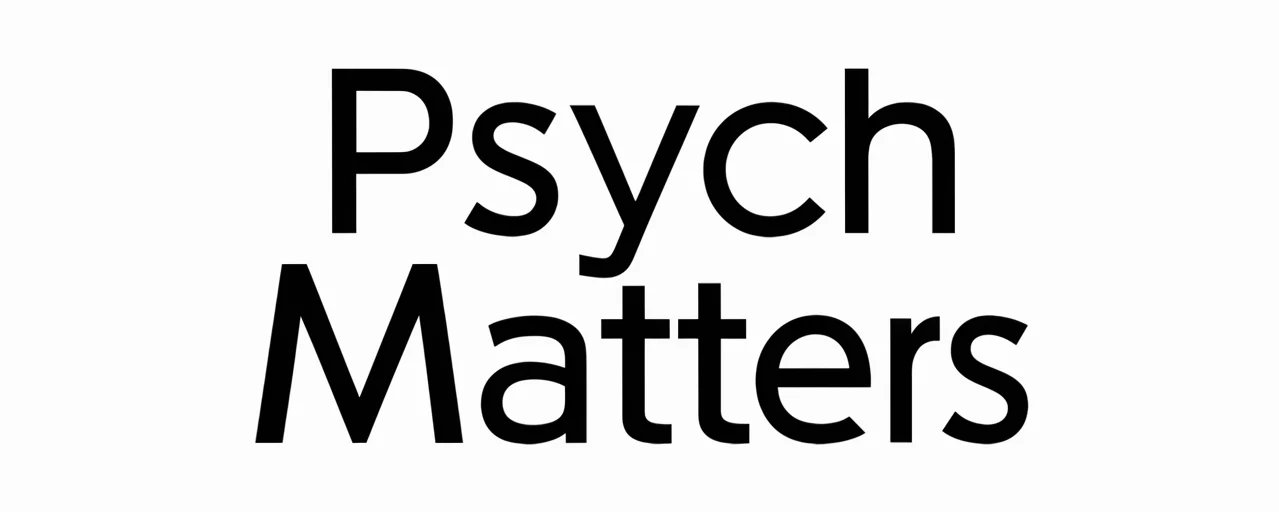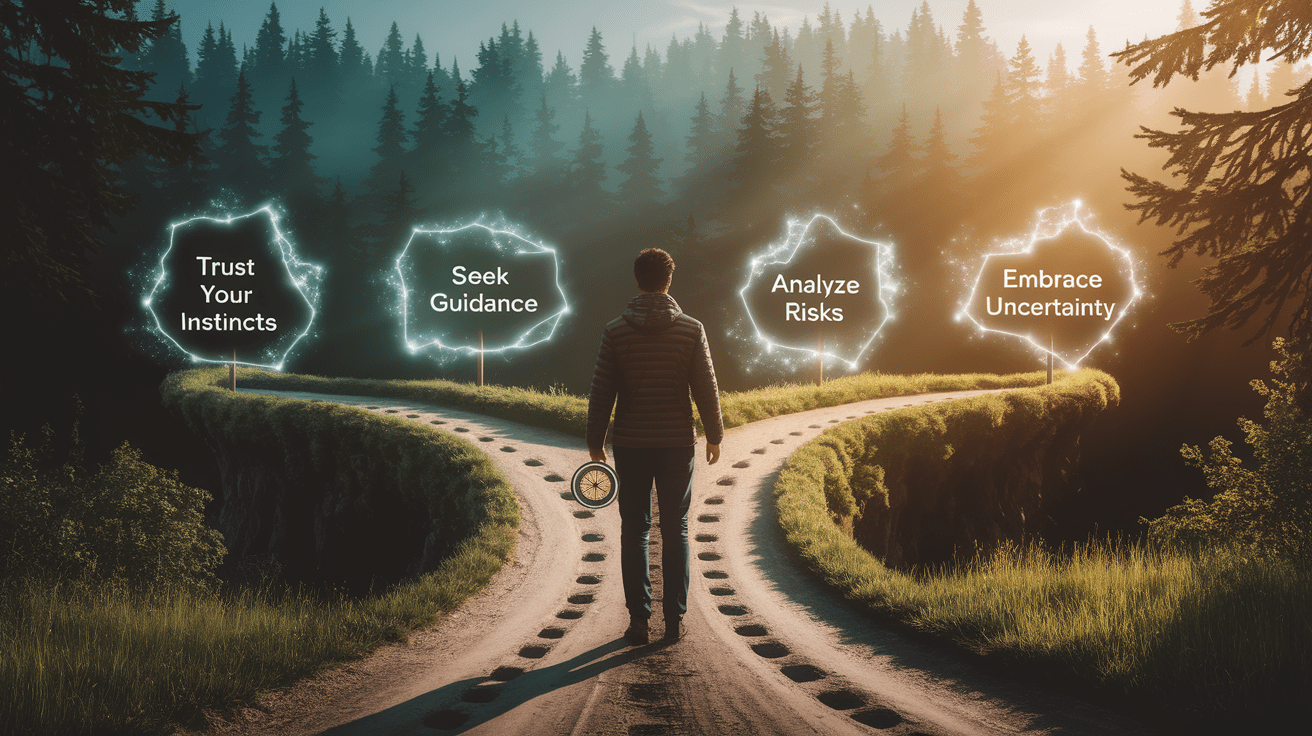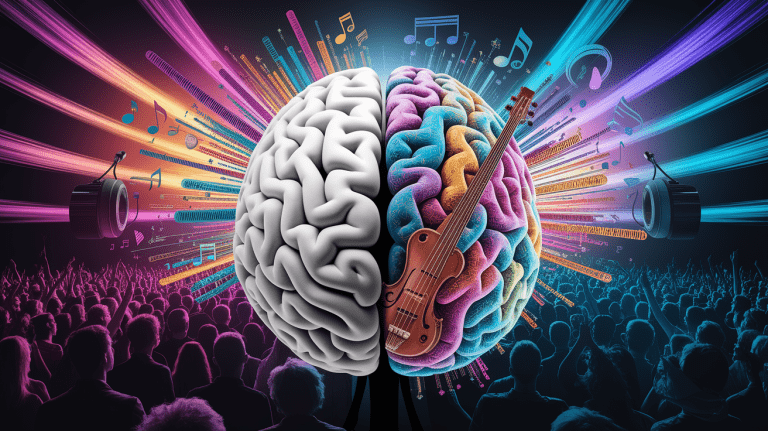Navigating Ambiguity: A Psychological Guide to Uncertain Decision-Making
Sea of Uncertainty: Deciphering Ambiguous Decisions
Decision-making under ambiguity refers to situations where individuals must choose between options without clear information about the probabilities of outcomes. This differs fundamentally from risk, where these probabilities are known and can be calculated. Ambiguity arises when probabilities are unknown, imprecise, or conflicting—conditions that can lead to confusion or multiple interpretations. The distinction between risk and ambiguity was formalized by Daniel Ellsberg in 1961 through the Ellsberg paradox, an experiment that revealed how people often respond differently to missing or conflicting information.

In real-world contexts, ambiguity is pervasive. It affects high-stakes business decisions, everyday personal choices, and even social behavior. Situational ambiguity—a subtype occurring when social cues are unclear—can prompt individuals to look to others for guidance or defer action altogether (situational ambiguity in social contexts). Understanding these foundational definitions is crucial for examining the psychological mechanisms that drive decision-making when information is incomplete.
The Ambiguity Effect: When Uncertainty Trumps Value
The ambiguity effect is a cognitive bias in which people prefer options with known probabilities over those with unknown probabilities, even when the ambiguous option might yield a more favorable result. This bias reflects a broader human tendency towards uncertainty avoidance and can result in decisions that prioritize psychological comfort over objective utility. For example, students may opt for a course taught by a mediocre but familiar professor rather than risk enrolling in a course with an unknown instructor whose quality could be superior (cognitive bias definition and examples).
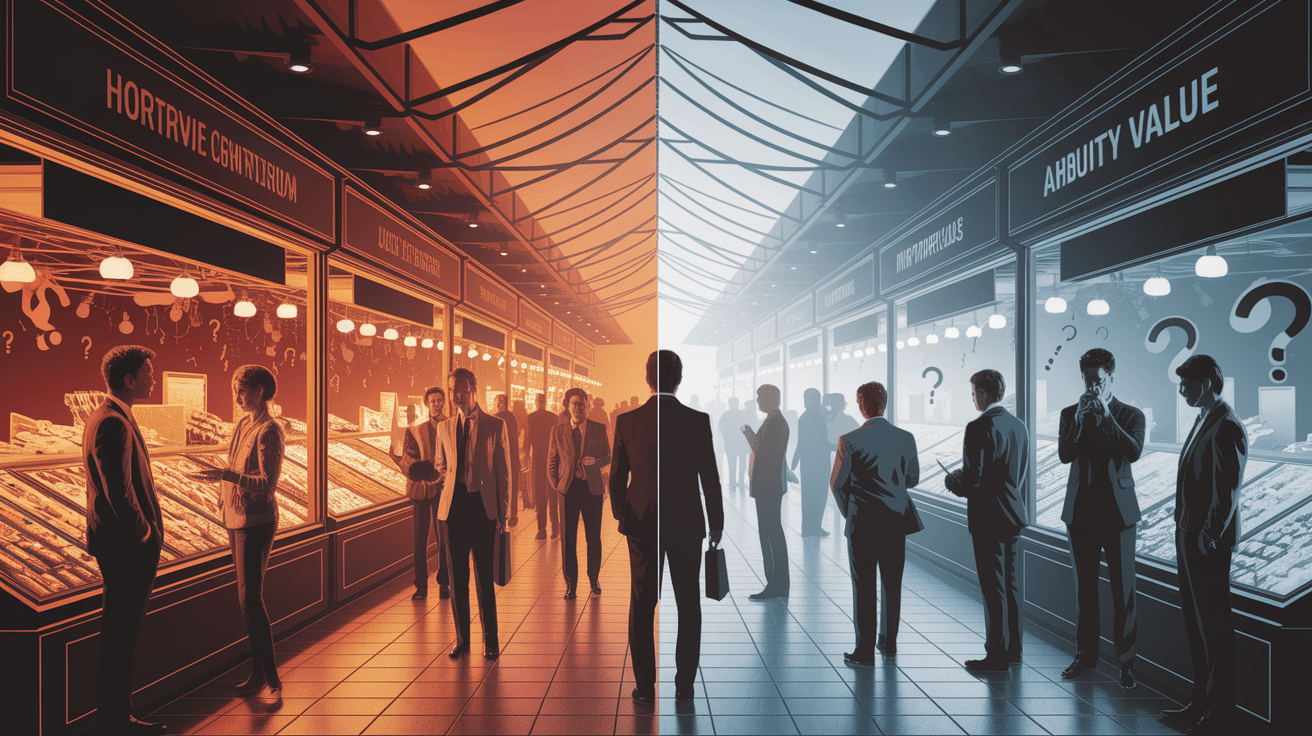
From a perspective rooted in behavioral economics and ambiguity aversion, this effect underscores how incomplete information activates mental heuristics that often favor predictability. These heuristics can serve adaptive purposes by reducing stress in uncertain situations but may also impair decision quality by ignoring potentially valuable opportunities.
Brain in the Fog: Neuroscience of Ambiguous Choices
Neuroscientific investigations have shown that decision-making under ambiguity engages different brain systems than decision-making under risk. The ventromedial prefrontal cortex (vmPFC) plays a key role in processing ambiguous choices, particularly in evaluating subjective value and confidence. When ambiguity levels are low, confidence in decisions tends to increase, but conflicting information often has a uniquely disruptive effect on this certainty. This neural distinction indicates that ambiguity can specifically trigger avoidance behavior, independent of risk perception.
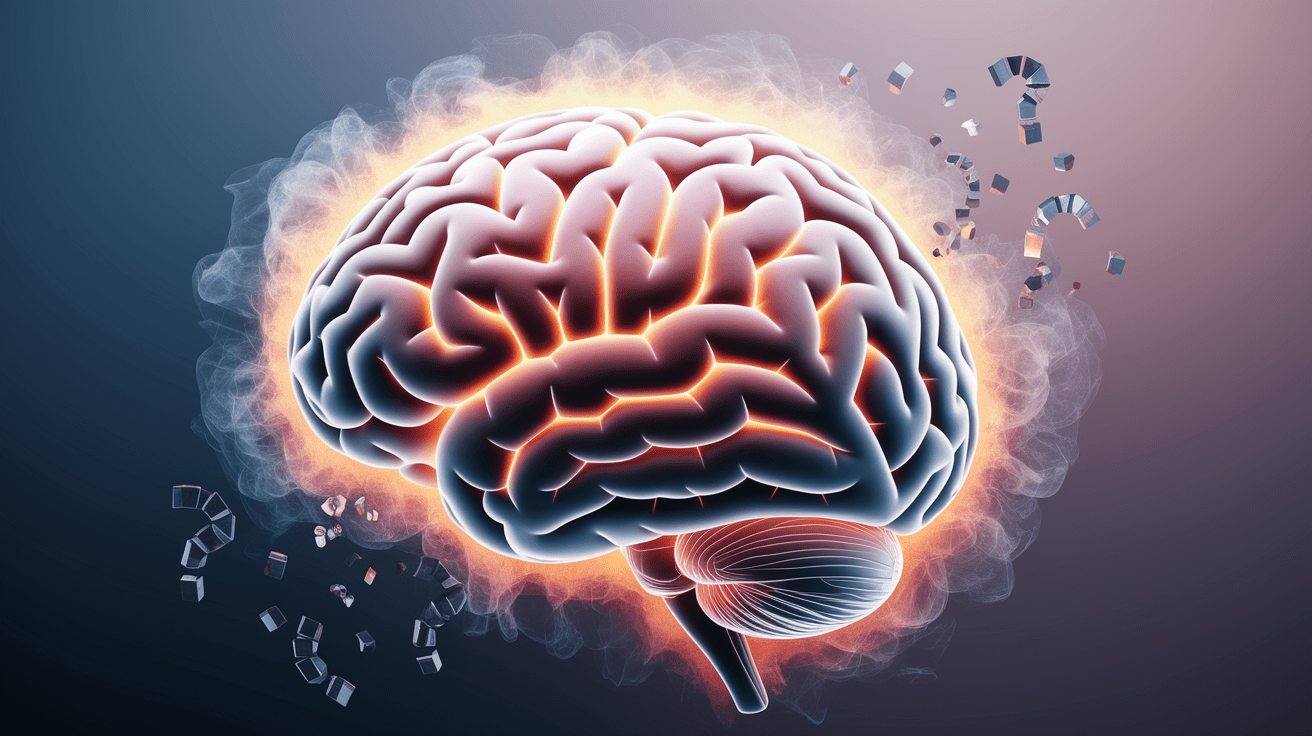
From a cognitive psychology standpoint, ambiguous decision-making is shaped by bounded rationality—the idea that individuals operate with limited computational capacity and incomplete information. Consequently, people rely heavily on mental shortcuts, or heuristics, when faced with ambiguous outcomes. Understanding such neural and psychological mechanisms helps in explaining differences in ambiguity tolerance among individuals and points to potential interventions for enhancing decision-making competence in uncertain environments.
Individual Ambiguity Tastes: Aversion and Appetite
Ambiguity preferences—often referred to as ‘tastes’—vary significantly across individuals. Some are strongly ambiguity-averse, avoiding uncertain choices whenever possible, while others exhibit ambiguity-seeking tendencies, embracing the potential of uncertain situations. These preferences, which can be thought of as stable personality traits, influence decisions from investment strategies to everyday problem-solving (measurement of ambiguity preferences).

Common methods for assessing these traits include controlled laboratory experiments using economic games that require participants to select between known and unknown probabilities. While informative, such measures may not fully capture the complexity of real-world decision contexts, where situational factors such as stress levels or social cues (social ambiguity) can markedly alter ambiguity responses. A deeper understanding of these individual differences is vital for tailoring interventions in fields like clinical psychology and organizational management.
Strategies for Clarity: Thriving Amid Ambiguity
Although ambiguity can be disquieting, there are practical strategies to enhance decision quality under such conditions:

- Cognitive bias training: Recognizing biases such as the ambiguity effect can help individuals critically evaluate uncertain options rather than defaulting to predictability.
- Structured problem framing: Applying concepts from decision theory and choice architecture to clarify objectives and constraints can reduce the psychological burden of ambiguous choices.
- Scenario planning: Envisioning multiple potential outcomes encourages flexible thinking and prepares for unexpected developments.
- Building ambiguity tolerance: Gradual exposure to ambiguous situations coupled with reflective evaluation can increase adaptability in uncertain environments.
In the workplace, entrepreneurs and leaders regularly confront ambiguity in pricing, marketing, and product development (real-world management implications). In social contexts, understanding situational ambiguity can help individuals navigate group dynamics more effectively (social psychology insights). By leveraging both cognitive and emotional coping mechanisms, one can shift from avoidance toward adaptive problem-solving.
Embracing the Gray Area: Final Reflections
Ambiguity is not inherently negative; it can stimulate creativity, adaptability, and resilience when approached with a constructive mindset (potential benefits of ambiguity). Rather than striving to eliminate uncertainty entirely, individuals can cultivate skills for interpreting incomplete information, managing emotional reactions, and making reasoned judgments under ambiguous conditions.
Developing an informed perspective on how the brain and cognitive processes manage uncertain situations—and recognizing personal patterns of ambiguity aversion or seeking—enables more effective navigation through the inevitable seas of uncertainty in modern life.
